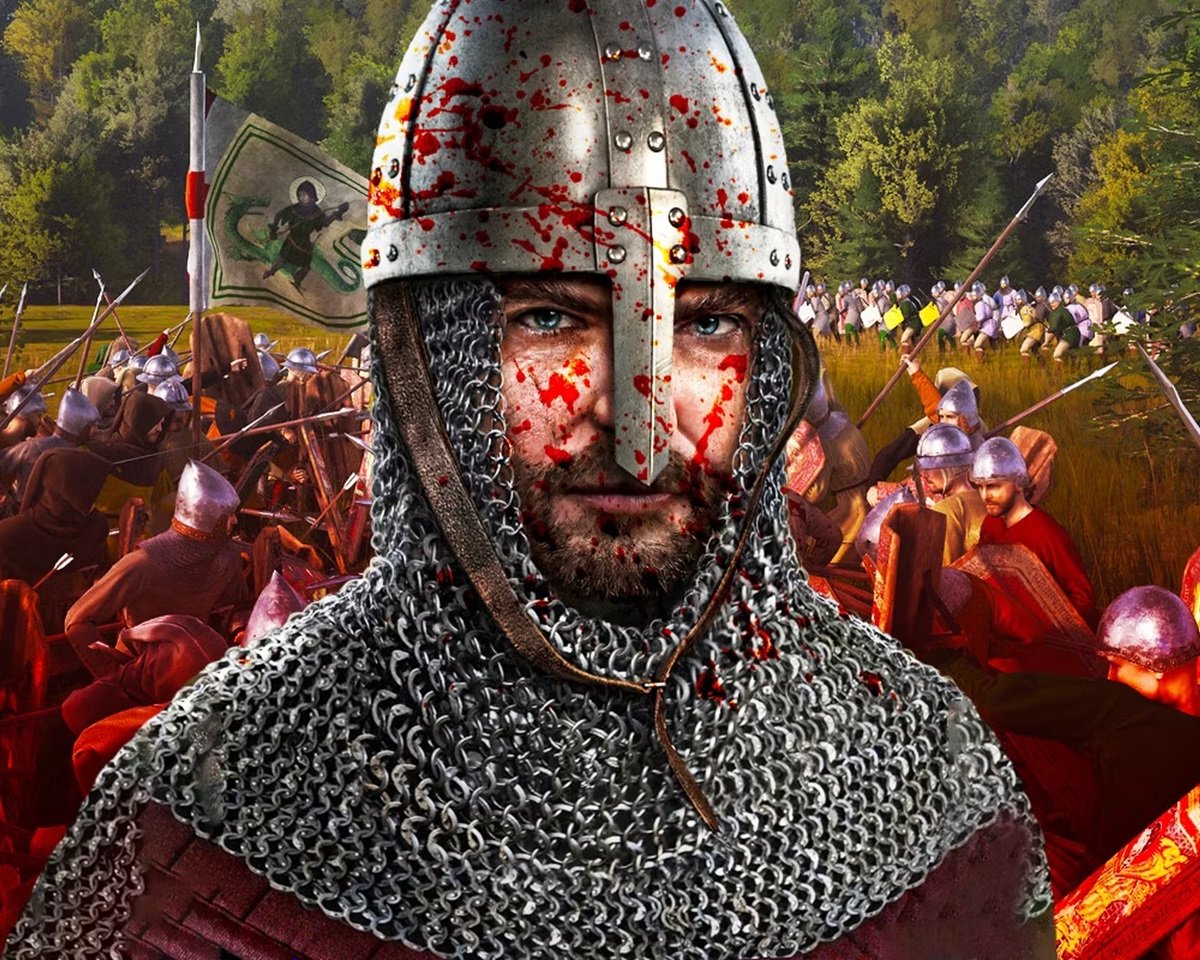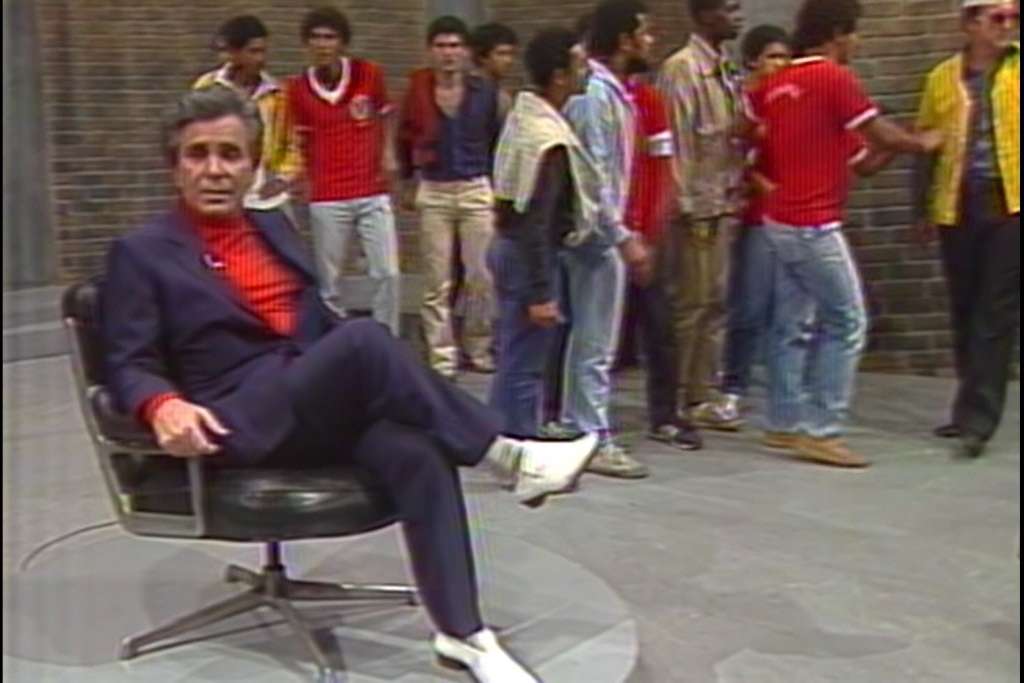When did you start looking for the most recently released book The Man in White Boots: The Life of the Inventor of the Dog World on Brazilian Television, in which he smashed the path of presenter Jacinto Figuera Jr., one of the country’s leading sensationalists on television, journalist and critic Mauricio Stacer seemed to be facing limbo, or rather, a memory blackout. It just so happens that despite his success and being a staple in understanding a whole host of TV shows, there has been little official information about that character who was, between the 1960s and 1990s, on TV Cultura, and still is under the leadership of Assis Chateaubriand and TV Globo and SBT.
“I was distressed by this lack of information,” Steisser admits. “I even found content on various unofficial channels (hosted on YouTube) that were very useful for research,” he adds. Among the content extracted on the web, one was particularly significant. “I came across a video of Jacinto Figueira’s participation in ‘Essa é sua vida’ in the 1980s. This finding was one of my main sources about the character’s childhood, since I started researching, his parents and siblings were already dead and other people only had vague memories of it. time,” he recalled, referring to the attraction presented on J. Silvestre’s programs on television that was also one of the frames of “Show Semi Limite,” back in 1982.
The story is allegorical about the importance of channels dedicated to preserving the memory of television. For no other reason, Stycer publicly advocates the need to distinguish between work developed by collectors and pirates, who make their personal archives built over decades of home recordings available online. The topic was even taken up in his column in the newspaper “Folha de S.Paulo”, in April, when he defended “TV memory savers are not hackers”. Treated by the author as “a gallant group, facing many difficulties in doing this work”, the archivists, in his assessment, must be seen as allies.
“We have a lot of problems in this area (preservation and access). First of all, a lot of material has been lost, especially between the 1950s and 1970s, when there was a habit of reusing tapes (so that old programs were erased so that new recordings could be made on these). Analog devices), in addition to the occurrence of fires (which destroyed many collections). In addition, even in the case of companies that have amazing files, often already digital, it is very difficult to access these contents. In fact, I think the afternoon mine was a bit naive, but what I’d really like to see is a more democratized memory of that. But when it comes to private companies, they can do whatever they like,” Stycer exits, noting that in this scenario, individual initiative Collectors have the power to revisit treasured treasures, even then, as lost archives.
general privilege. The critic’s considerations are accompanied by Fabio Marckezini, owner of the “Arquivo Marckezini” channel on YouTube. He explains that the difficulty of accessing broadcasters’ historical records is what drives him to continue feeding the channel that is exclusively dedicated to preserving the memory of television. He even recognizes that these companies have improved conditions of preservation of the archives, but criticizes the fact that they do not make the entire contents available to the public, which, according to collectors, they should because they are public privileges. “Because of conservation, even because of technological advances, it has improved. But in terms of access, it’s a joke, ”he criticizes.
Preparation. in the letter From Television to the Internet: A Study of Rescuing and Sharing Journalistic Articles on YouTubeResearcher Antonio Carlos Santiago Freitas cites data that reinforces how the Google Video platform was also shaped as a monument. Using the “YouTube Insights 2017” survey, which refined important information about finding videos on the platform, indicates that of the 5,450 users interviewed, 77% agreed with finding a video on the site that isn’t found anywhere else. The survey also revealed that 66% of the users surveyed had recently searched the site for a nostalgic or beloved video from the past.
Legal insecurity. Freitas also recalls that the platform has included a North American law provision called “fair use” into its policy. Accordingly, in certain circumstances, YouTube allows the reuse of copyrighted material without the need for permission from the copyright holder. However, fair use applies according to the law of each country. In the United States, for example, works may be considered Commentary, criticism, research, teaching or reporting fair use, depending on the case. This means that the material can be used by third parties without the permission of the creator, “he knows, recalling that in Brazil, there is no fair use principle, however, Law No. 9.610/98 Which regulates copyright in the country.
Preserve the history behind the video
In the absence of collections or access to collections of such content, Jacinto Figuera Jr. biographer Mauricio Stacer says that in addition to resorting to unofficial archives kept by television fans on YouTube, he has resorted to other documents, such as reviews posted in print media. I describe scenes from the show a lot based on the ramifications of the broadcast. In this sense, the role of the TV critic is interesting, who, when commenting on a programme, describes what he saw and thus helps preserve images that may no longer exist. I was so ecstatic and happy to read the reviews describing the whole program, the details of the scenes – they usually smell what they watch,” he explains.
Among the various tools that can be useful for memory preservation, new technologies can be valuable allies. This is what innovation and interaction specialist Ronaldo Gazelle advocates. Graduated in Fine Arts from the State University of Minas Gerais (UEMG), he is currently experimenting with the use of resources based on generative AI, capable of generating new information from pre-existing datasets, to restore and color historical images. “I started with old photos of my home (in the central region of the state), my father’s land, where I lived part of my childhood,” he comments, adding that he then began recovering photos published in collections and pages bringing records from the beginnings of Belo Horizonte — archives, by the way, Already used by official bodies to defend the list of buildings, as in the case of File of the Municipal Culture Foundation of Bosnia and Herzegovinawhich led to the recognition of the Conjunto Governador Kubitschek, the JK Building, as a heritage of the city.
“Today, we have resources to increase image resolution and use prompts (a type of command that allows the user to give coordinates of what to do), or give color to black and white images or even completely damaged images,” Gazelle explains. These same technologies are already capable of creating frames. media, which helps to recreate damaged video clips.
–
the time Promotes commitment to quality professional journalism from the state of Minas Gerais. Our newsroom produces responsible information on a daily basis that you can trust.
He follows the time In the FacebookIn the Twitter no Instagram. Help grow our community.

“Prone to fits of apathy. Problem solver. Twitter buff. Wannabe music advocate.”




:strip_icc()/i.s3.glbimg.com/v1/AUTH_e84042ef78cb4708aeebdf1c68c6cbd6/internal_photos/bs/2023/h/V/owY8MTTniAkFrSPaEfJQ/samara-felippo.jpg)
:strip_icc()/s03.video.glbimg.com/x720/12554906.jpg)

More Stories
Just like Samara Filippo, remember other celebrities who have denounced racism | Television and celebrities
Summer Breeze Brasil announces the 2025 edition and ticket sales on April 30
Oscars 2024: Find out where to watch the awards live